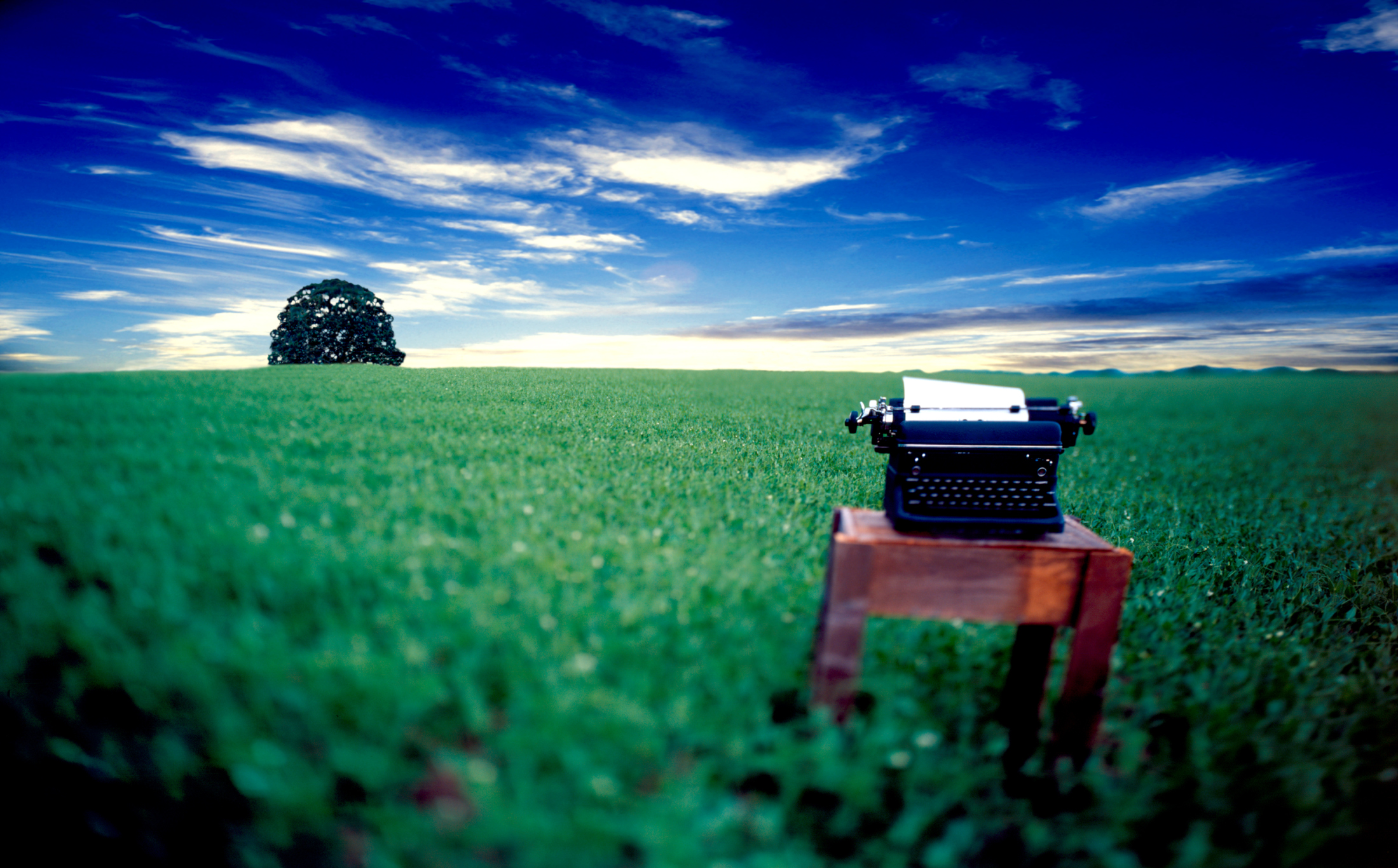Sometimes writing a story takes a left turn.
The normal structure just doesn’t seem to work.
You can’t seem to get any life when writing scenes in the present day.
But every time you reference the past or the backstory, wow, things happen. The story pops. You’re excited about writing.
Sometimes a story’s backstory is so large it really IS the story.
This is different than backstory drifts where the author wanders off the main stage and “reminisces” of some past event with prose.
I’m talking about when the set up of the story, the life of the characters before the story opens is so large and complicated the present day story, the on stage scenes, really exist to highlight the backstory.
At this point, your book is about fixing and healing the past and bring the characters to a new place in life.
Most of the time, backstory sprinkles a story with motivation, helps expose the wound and lie and fear.
But it’s minor.
The problem on the stage, the present day story, is what drives the scenes.
The author sprinkles in backstory to show and explain.
But when the present day scenes are more or less channels to expose the backstory, you have entered the What-Is-This? zone of novel writing!
I know, I went to the zone. Unknowingly.
See, my backstory was the story. But the novel was about how my hero and heroine discovered the past they thought was behind them was actually not.
So, when the hero comes to the heroine and says, “We’re in the same boat we were in 5 years ago,” all the pain, the questions, the love come rushing back to the surface.
Now every scene revolves around putting the H/H together in the present with some minor situation that forces them however to deal with their very major past.
How do you know you’re starting down this path?
I’m not entirely sure but one thing I can tell you, is if the backstory feels large to you, you’re entering the What-Is-This? zone.
If you spend more time telling your friends or writing partners the backstory as opposed to the present day story, you might be in the What-Is-This? zone.
Look, this isn’t official My Book Therapy “how to” or “try this” methodology.
This is one writer to the next telling you this can happen.
Is it a bad thing?
Not at all!
In fact, it can be a very powerful thing. Just be aware it can be difficult to write.
One, how do you fill the reader in on a rather emotional backstory without a lot of telling?
You can use flashbacks.
You can have diaries or other written correspondence.
You can have a lot of secrets and the hero and heroine have to finally confess the truth.
But in some way, the back story becomes the sub plot.
For me, I didn’t want a lot of flashbacks because it felt ordinary. And for some reason it didn’t feel like the rights way to tell the story.
So, I inserted memory moments.
As the hero or heroine remembered something about the other, in a present day scene, I’d add italic memories, including dialog.
No more than 5-7 lines but getting straight to the emotion and the reasons why the loved each other in the first place.
It’s a bit different but I felt it was a quick way to draw in the reader’s emotions.
Writing should be fun.
We should find ways to follow the “rules” while be creative with story telling and presenting the story.
So, if you find yourself in a difficult story situation, think outside the box. Who else, how else, can you tell the story?
If you’re struggling with your story, maybe the backstory is large. Think about it.
Then adjust your story telling to accommodate healing and fixing the past.
Hope this helps
Happy writing
